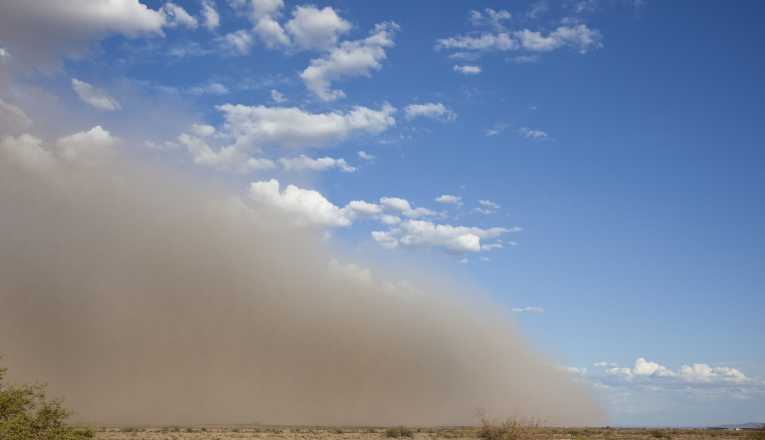Dust storms will become more common in the Southwest region of the United States of America as drier conditions caused by climate change kill off plant cover, raising a dust bowl specter say government scientists.
Scientists from the US Geological Survey (USGS) and the University of California, Los Angeles studied plants and soils in the Arches and Canyonlands National Parks of south east Utah over a 20 year period.
They found that perennial plants in both grasslands and shrublands die off as temperatures increase.
From their survey, the team has projected a drier and dustier future for the Southwest with droughts causing plant loss and an increase in dust.
There was, however, some good news in the study which found that mosses and lichens already present in the soil can prevent wind erosion.
USGS ecologist Seth Munson said: ''Accelerated rates of dust emission from wind erosion have large implications for natural systems and human well-being, so developing a better understanding of how climate change may affect wind erosion in arid landscapes is an important and emerging area of research.''
Wind erosion has many harmful effects: the land from which the dust is blown loses nutrients and water-holding capacity and atmospheric dust can affect human health.
The specter of dust storms also has a powerful hold on the American psyche. The so-called Dust Bowl exodus during the Great Depression of the 1930s was the largest short-term migration in the country's history.
Around 2.5million people fled the Great Plains as land became useless and storms made life all but impossible.










